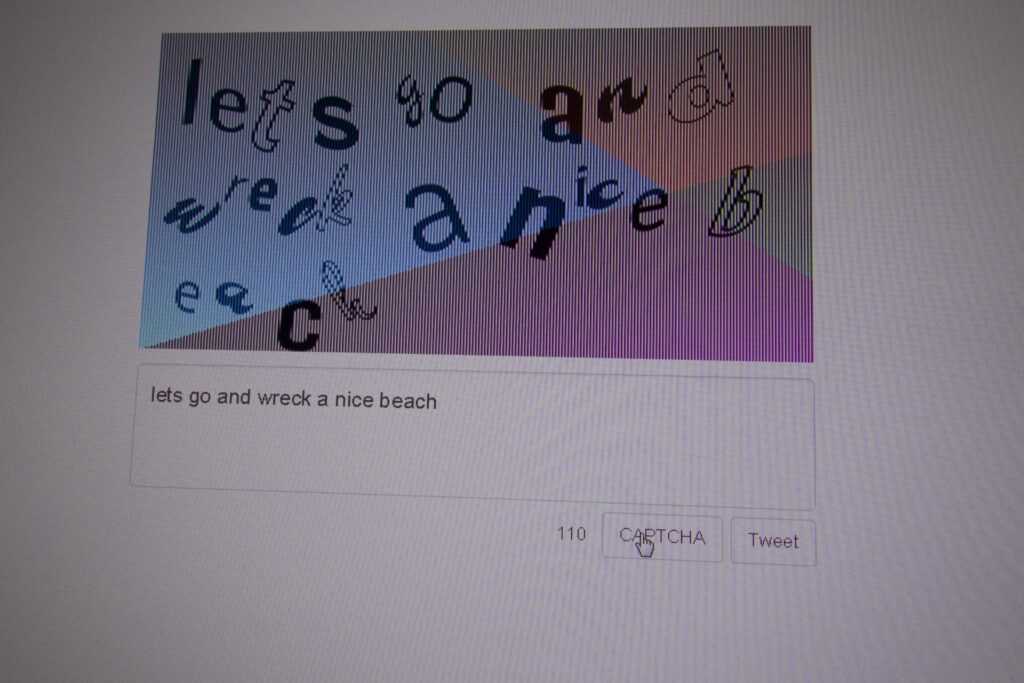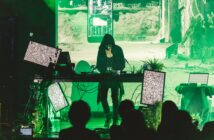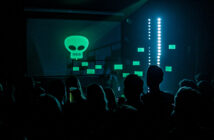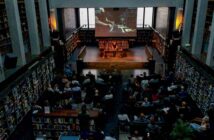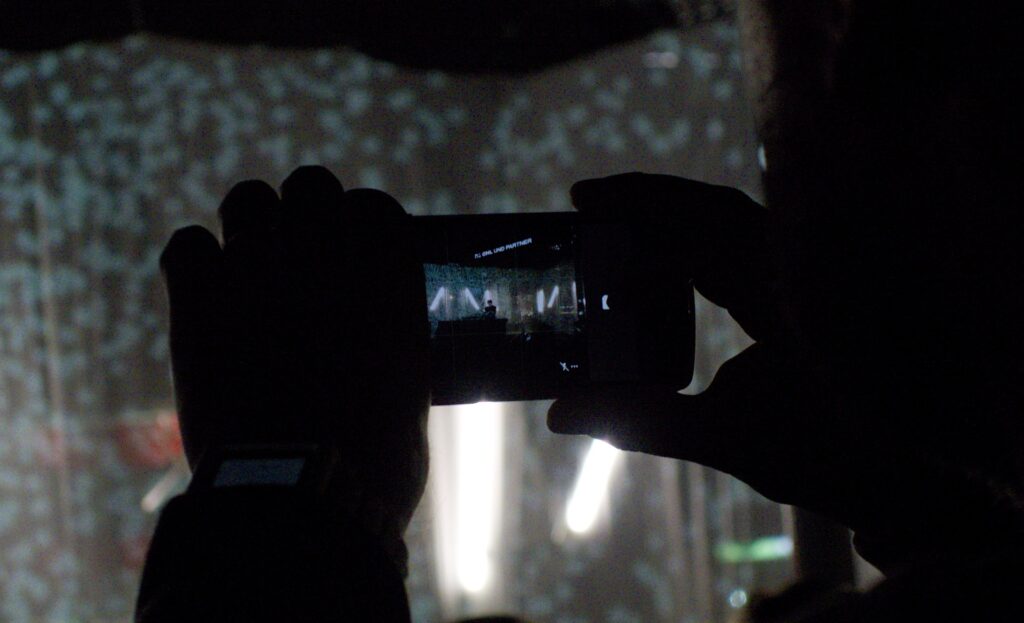 Went to Ars Electronica 2014, heaven for new media art geeks and dystopian digital futurists. Expedition time! A bewitched report!
Went to Ars Electronica 2014, heaven for new media art geeks and dystopian digital futurists. Expedition time! A bewitched report!
This was my first year at the festival, and what I liked most mostest of most, was being that mouth-gaping, clumsy-stumbling map-reading newbie. Is. This. For. Real? All this, for me? Here, now? *wipes tears*
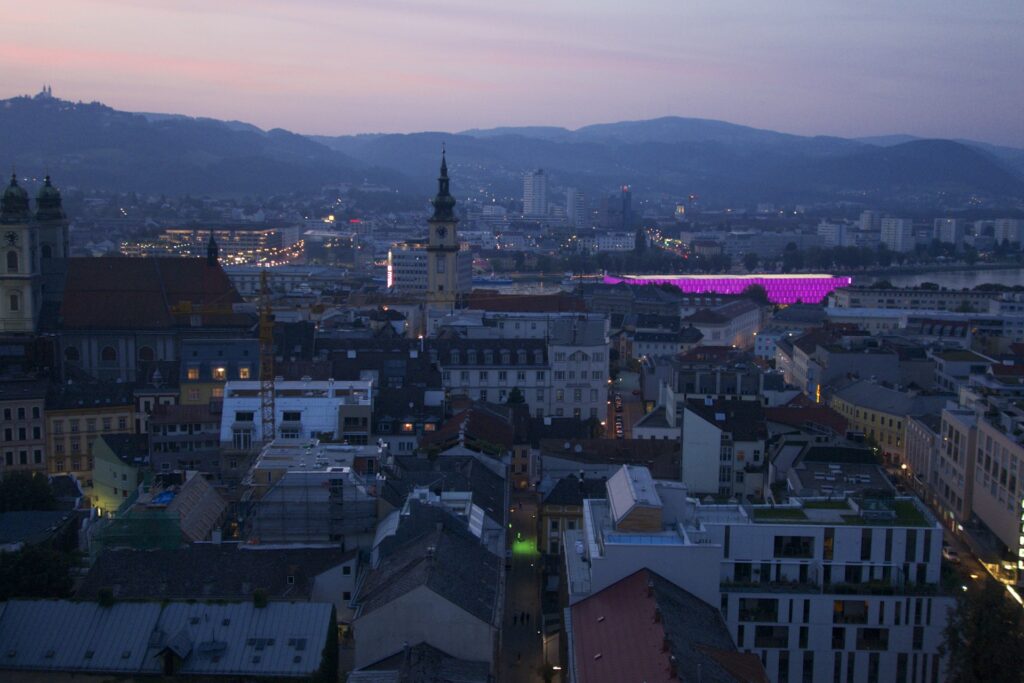 The fantastic bewilderment of finding myself lost in a huge ocean of cyber arts, thrilling animation programmes, singing houses, mysterious math formulas hidden around the city, interactive installations in churches, video art performances, endless labyrinths of crazy bad-and-good electronic art exhibitions, indie retro-technological club-art openings, and everyone here are more in their mobile-device-reality than the real reality.
The fantastic bewilderment of finding myself lost in a huge ocean of cyber arts, thrilling animation programmes, singing houses, mysterious math formulas hidden around the city, interactive installations in churches, video art performances, endless labyrinths of crazy bad-and-good electronic art exhibitions, indie retro-technological club-art openings, and everyone here are more in their mobile-device-reality than the real reality.
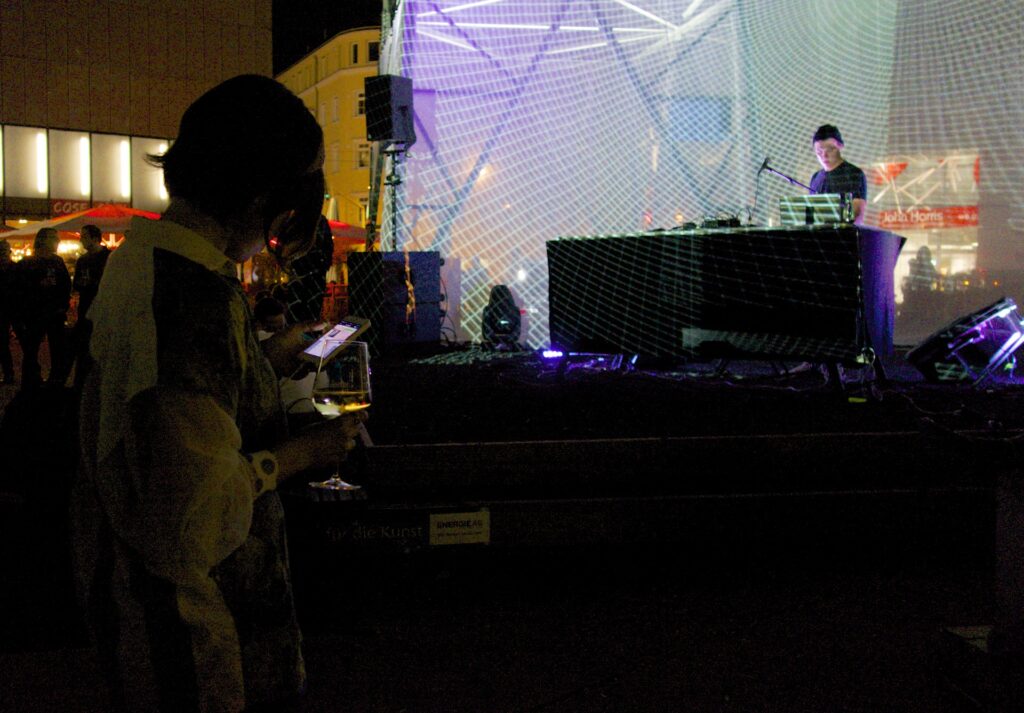 Coming to Linz for the first time is probably like a digital Hans und Gretel stumbling into a pixel cookie house in a parallax scrolling forest. Level complete, one up, magic cookie bonus level. I wanted to eat everything, everywhere, all the time. If there was a witch waiting for me to stuff myself phat on this, I’d probably WANT to be in her daemon cage. Feed … mee……
Coming to Linz for the first time is probably like a digital Hans und Gretel stumbling into a pixel cookie house in a parallax scrolling forest. Level complete, one up, magic cookie bonus level. I wanted to eat everything, everywhere, all the time. If there was a witch waiting for me to stuff myself phat on this, I’d probably WANT to be in her daemon cage. Feed … mee……
I’m a cheap bastard. I will only share a few of the treasures I found with you:
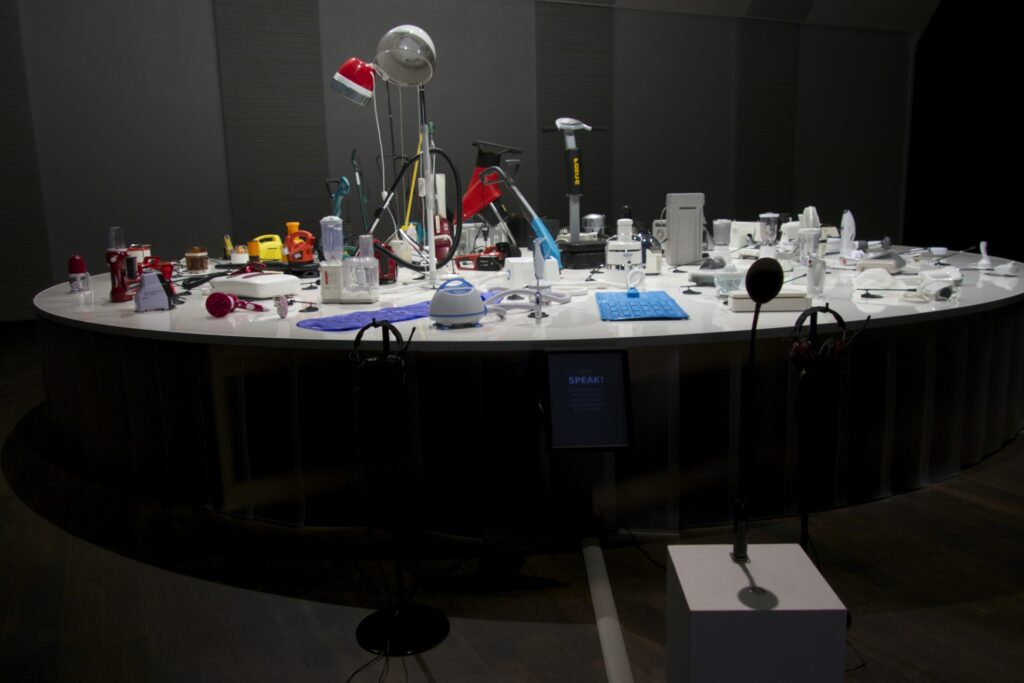 Das Vergerät, by Boris Petrovsky, a huge collection of household appliances, the power for each evil apparat controlled separately by digital algorithm magic. I would speak into a microphone, my voice analyzed, reconstructed for voice synthesis, and then this forest of appliances would try to recreate sonically this voice syntheis, copy what I said, through creating sound by sequentially quickly turning themselves on and off. A domestic echo chamber. Hilariously fantastic.
Das Vergerät, by Boris Petrovsky, a huge collection of household appliances, the power for each evil apparat controlled separately by digital algorithm magic. I would speak into a microphone, my voice analyzed, reconstructed for voice synthesis, and then this forest of appliances would try to recreate sonically this voice syntheis, copy what I said, through creating sound by sequentially quickly turning themselves on and off. A domestic echo chamber. Hilariously fantastic.
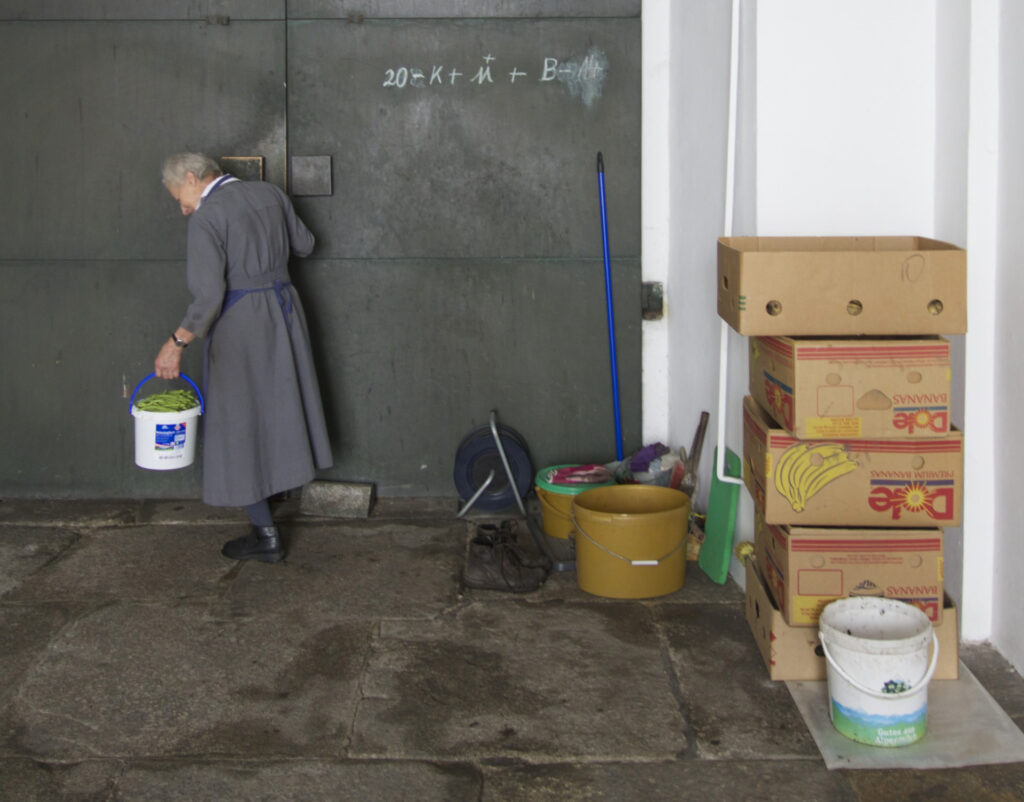 The whole city of Linz is filled with strange mysterious chalked up mathematic riddles. And eaves-dropping nuns.
The whole city of Linz is filled with strange mysterious chalked up mathematic riddles. And eaves-dropping nuns.
I liked the reverse, simple conceptuality of Captcha Tweet, by Shinseungback Kimyonghun. A mechanism for humans to communicate digitally without computers eaves-dropping on us: You input text, and the algorithm turns it into a captcha and posts it. Of course, this mechanism itself can then eavesdrop. An algorithm to avoid algorithms.
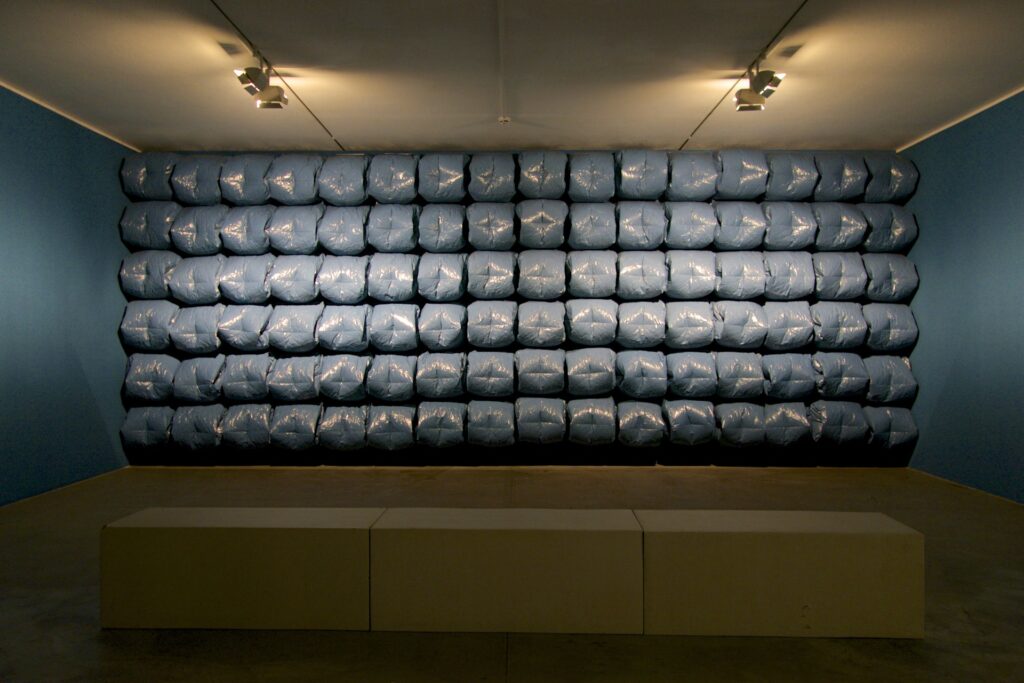 Ninety Six by Nils Völker, a wall filled with 96 breathing, living plastic bags.
Ninety Six by Nils Völker, a wall filled with 96 breathing, living plastic bags.
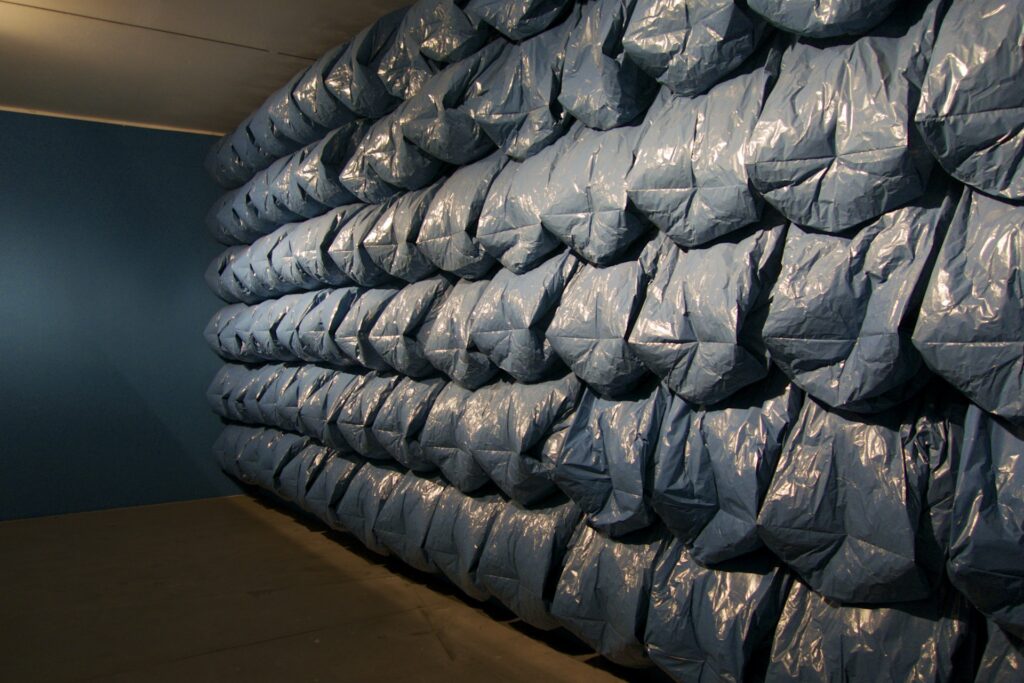 Wonderfully meditative and conceptually beautiful. I saw this room very late at night, the exhibition area emptied of other people. I had the area to myself, just sat there for a long while watching trashbags breathe.
Wonderfully meditative and conceptually beautiful. I saw this room very late at night, the exhibition area emptied of other people. I had the area to myself, just sat there for a long while watching trashbags breathe.
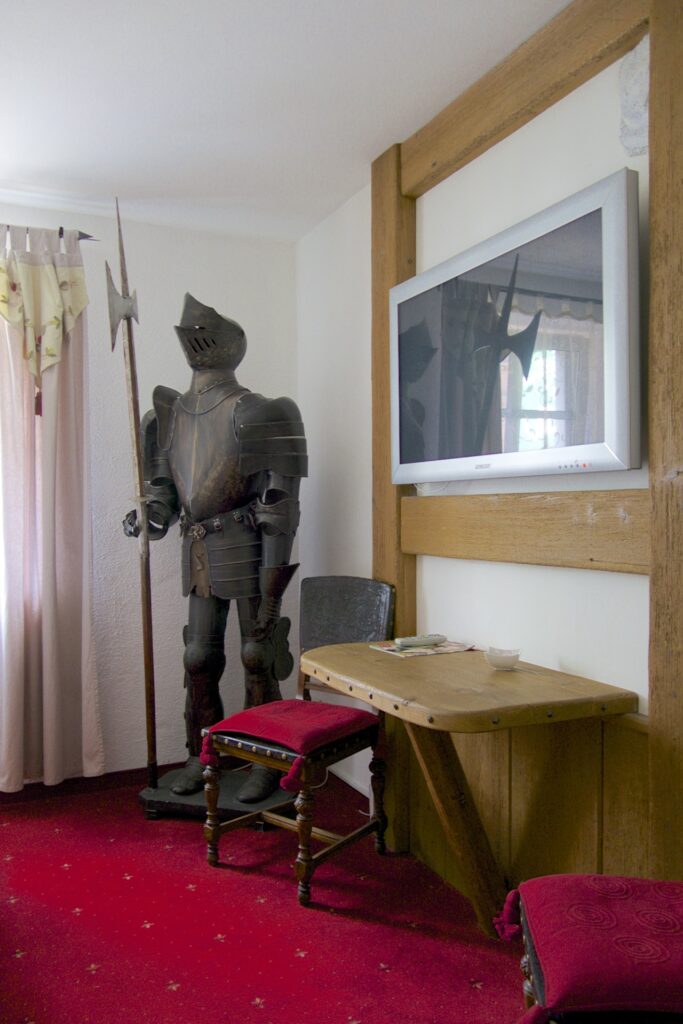 Did I mention my hotel room had a huge statue in armor?
Did I mention my hotel room had a huge statue in armor?
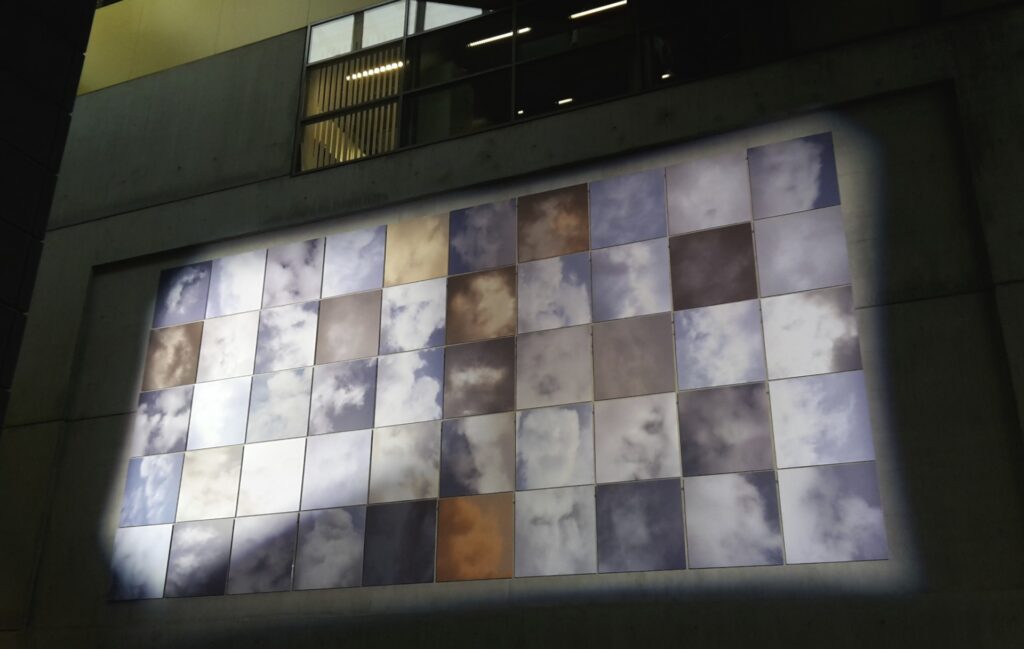 But my most favorite piece was a very simple and un-assuming work: Cloud Face by the same genius Shinseungback Kimyonghun. A large wall in the Ars Electronica center was filled with simple printouts of clouds, where face recognition algorithms had indicated the presence of a face. Ghost clouds.
But my most favorite piece was a very simple and un-assuming work: Cloud Face by the same genius Shinseungback Kimyonghun. A large wall in the Ars Electronica center was filled with simple printouts of clouds, where face recognition algorithms had indicated the presence of a face. Ghost clouds.
Expedition conclusion: Cookie house success. A++++ will be eaten by witch again.
